READY TO GET STARTED?
REQUEST A FREE ESTIMATE
Fill out the form below or call (888) 466-7849 for a free, no-obligation estimate.
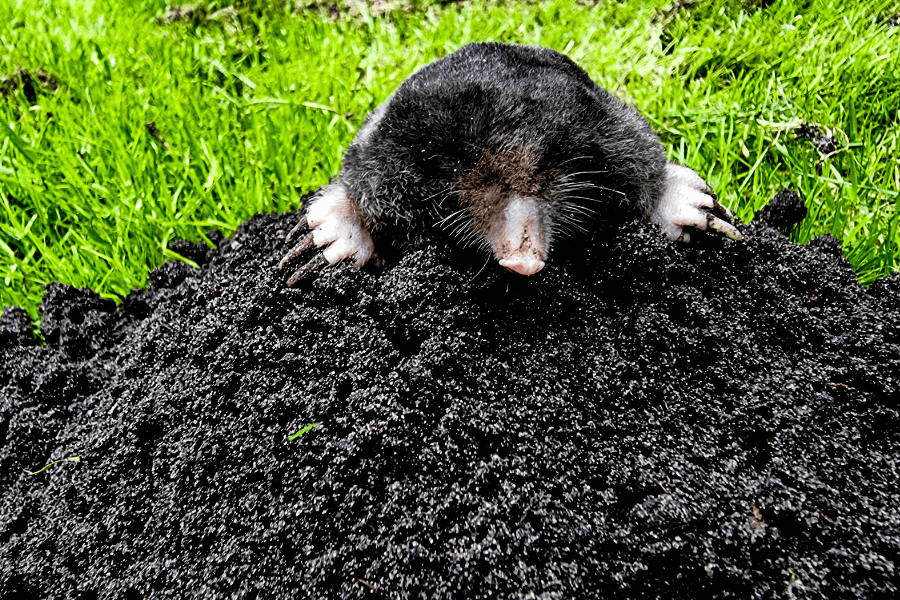
Moles can be one of the most destructive pests for yards. Once these creatures invade, they will dig and destroy your yard! One of the best steps for mole prevention on your property is understanding what’s bringing them there in the first place.
Moles are looking for one thing on your property – food! Moles need a plentiful food source to survive and tend to eat various lawn insects, including grubs, earthworms, and other bugs. If you have available food sources in your yard, they will dig through to get it and leave behind tunnels, holes, and mounds of dirt. Moles can dig up to 18 feet per hours and as they are digging will detach the roots of plants to not only allow weeds to grow but will also kill the lawn, plants, and trees too.
Some common signs that a mole has invaded your yard include,
Mole prevention starts with reducing the sources that are attracting them in the first place. Check out our do-it-yourself mole control tips:
If you suspect a mole infestation on your property or other wildlife creatures, contact your local pest control company for a free evaluation.
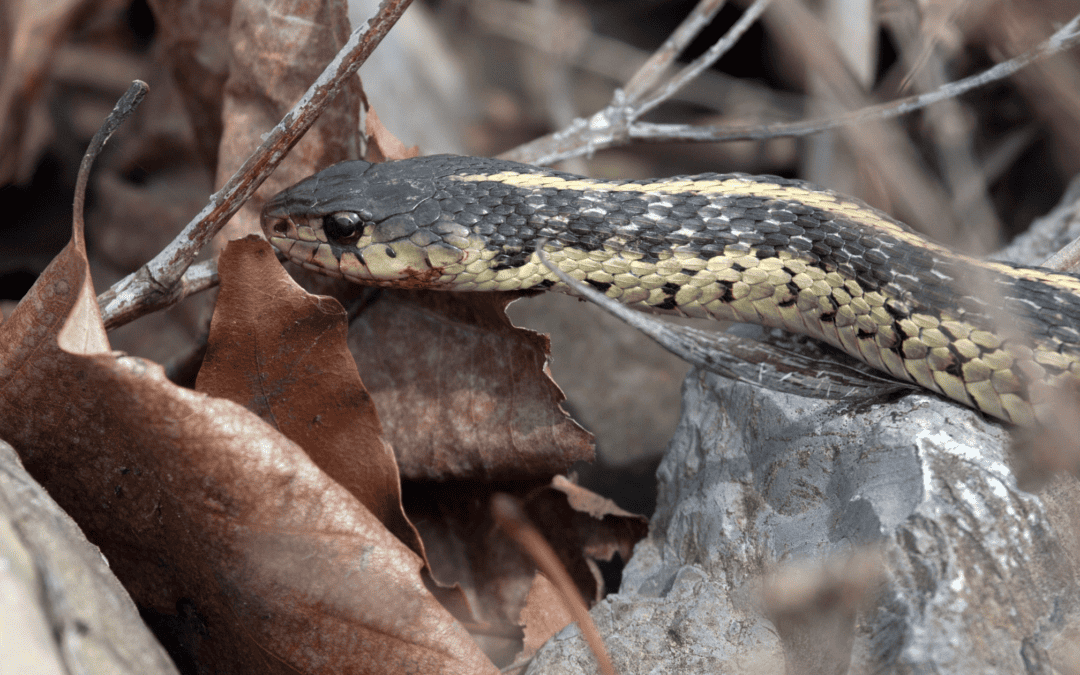
Georgia, with its diverse wildlife, is home to a variety of snake species. As temperatures begin to drop, many people wonder if snakes, like other animals, hibernate during the winter months. In this blog post, we’ll explore the intriguing world of snake hibernation, the differences between hibernation and brumation, and provide valuable tips for effective snake control in your Georgia home.
Contrary to popular belief, snakes don’t undergo true hibernation. Instead, they enter a state called brumation. While hibernation involves a deep sleep, brumation is more of a slowed-down metabolic state. Snakes become less active, but they are not completely dormant. This adaptation allows them to conserve energy during colder months, making it easier to survive until warmer temperatures return.
Brumation typically occurs when temperatures drop, signaling snakes to find a sheltered spot to wait out the cold season. Unlike mammals in hibernation, snakes may occasionally emerge during milder days to bask in the sun and regulate their body temperature. Understanding this behavior is crucial for effective snake control, especially if you want to keep these slithering creatures away from your property.
Concerned about snakes on your property? Our expert pest control team in Georgia is here to help! Whether you need snake removal or wildlife management, we offer effective and humane solutions. Request a free pest control quote today to safeguard your home and enjoy a snake-free environment.
Understanding the habits of snakes during colder months is essential for effective snake control in Georgia. By implementing these tips and being proactive, you can reduce the likelihood of encountering snakes on your property. For comprehensive snake removal and pest control services, reach out to an experienced pest control company. Enjoy peace of mind in every season with our reliable wildlife management solutions.
Request your free pest control quote today and keep your home snake-free!
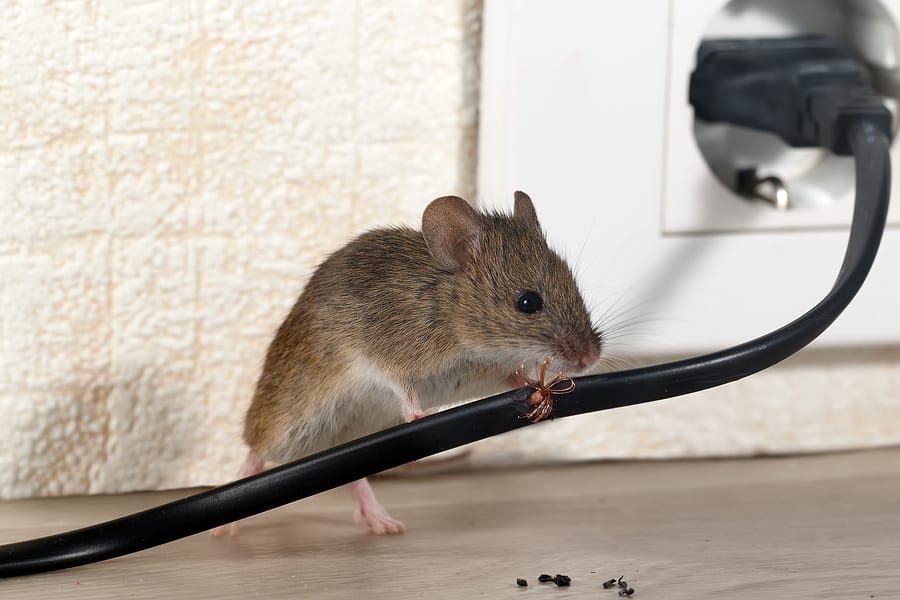
Rodents, including rats, mice, and squirrels, look indoors for a place to nest and food. Once these wildlife creatures get inside your Florida home, they can wreak havoc, destroying insulation, chewing electrical wires, and contaminating food. Prevention is critical when it comes to protecting your home against rodents, especially as the weather cools down and they begin looking indoors for shelter. Check out our rodent prevention tips below.

Your yard is the first defense against rodents, making it essential to place outdoor preventative measures to deter them away. Consider these DIY tips:
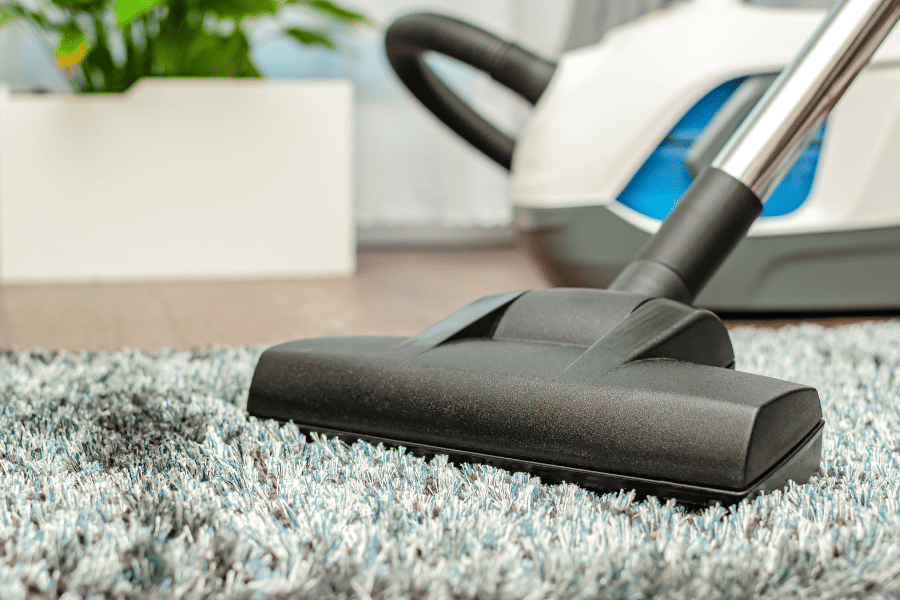
Your home can provide the perfect place for rodents to inhabit, so removing those attractants from inside your home will help keep these creatures out. You can do this by:
If you suspect rodents are inside your home, it’s important to reach out to your professional pest control company. These professionals will be able to inspect and identify the rodent that’s invaded your property. They will also be able to safely remove these creatures, identify areas of entry, and provide a rodent control and prevention plan for your home to avoid further infestations.
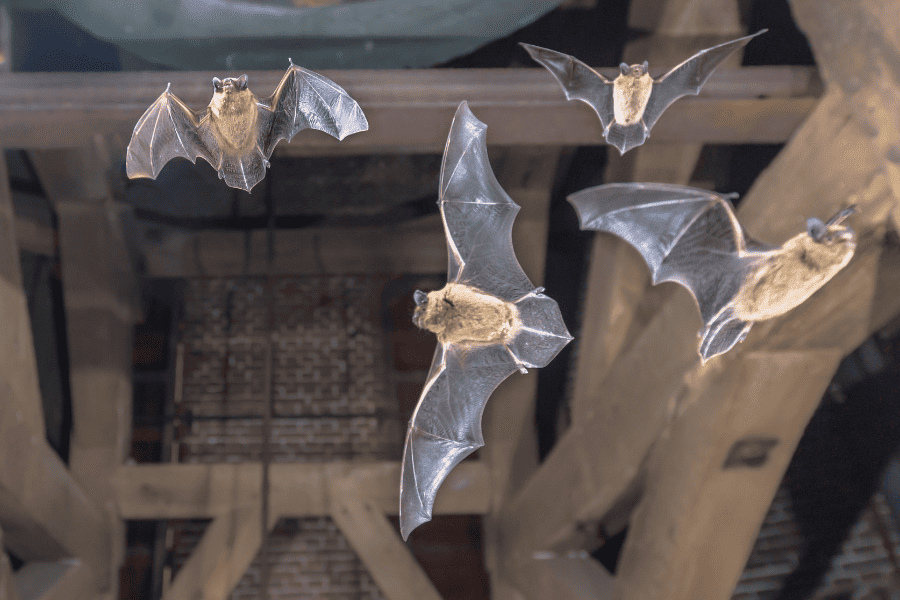
Bats are often misunderstood and feared by many, but they play an essential role in maintaining the balance of Georgia’s ecosystem. Georgia is home to 16 different types of bats, each contributing to the environment in unique and beneficial ways. Let’s go over some common Georgia bats and why they are so beneficial to humans.
While bats offer numerous benefits, they face several threats. This includes habitat loss, disease, and disturbance in roosting sites. Georgia has conservation initiatives aimed at protecting these creatures by protecting their roosting sites, educating the public, and monitoring bat populations for diseases, like white-nose syndrome.
Removing bats is a delicate matter in the state of Georgia and should only be handled by licensed wildlife control professionals. If you suspect you have bats in your home, be sure to give your local wildlife control company a call today!

The last thing any homeowner wants is damage to their yard after all the hard work they’ve put in to get it just right. One of the most destructive pests to yards is the mole. What attracts moles to your yard? How do you get rid of them?
Moles are burrowing insectivores, feasting on a wide variety of lawn insects. They are usually about 6 to 8 inches long with gray to black velvety fur. Moles have slender, hairless snouts and small eyes and ears. They have large front feet with long claws that they use to dig through the dirt. They breed in early spring and are most active then and in the fall. Other than during mating season, moles prefer to be alone; if you have a mole problem you are usually only dealing with one.
Moles are attracted to food sources in your yard, digging through leaving behind tunnels, holes, and mounds of dirt. Moles require quite a bit of food to survive. Common signs of moles include: surface tunnels, dying grass and plants, an increase in weeds, and molehills (which are piles of dirt less than 6 inches tall and shaped like footballs or volcanoes). Moles can dig up to 18 feet per hour. As they dig they detach the roots of plants which not only allows weeds to take root but also kills the lawn, plants, and trees.
If you have a problem with moles or any other wildlife, contact your local pest control company for a comprehensive evaluation and elimination plan.
Fall Pest Control: Oriental Cockroaches